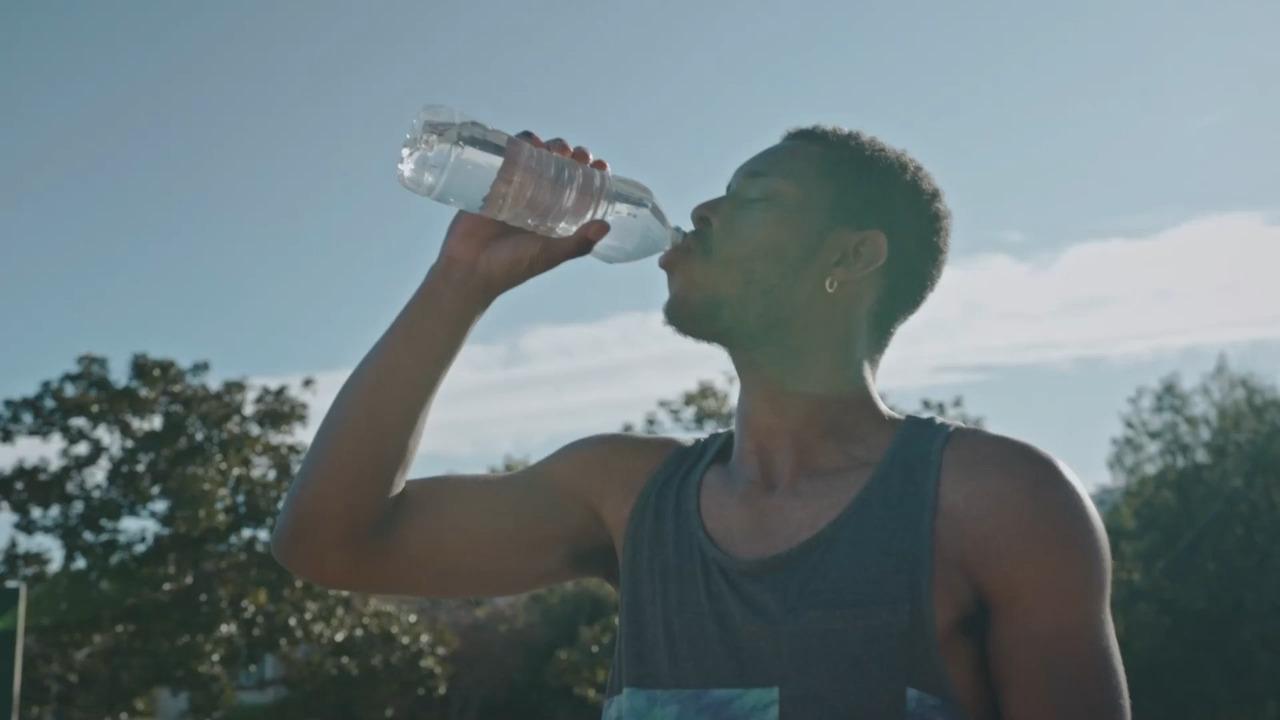Search Thermo Fisher Scientific
Disinfection Byproducts Analysis

What are disinfection byproducts?
Disinfection of drinking water, swimming pool water, and wastewater is required to protect the public from pathogenic microorganisms such as bacteria and viruses. Disinfection byproducts (DBPs) are produced when disinfectants, such as chlorine, chloramines, chlorine dioxide, and ozone, react with inorganic or organic matter. Common DBPs produced in drinking water include chlorate, chlorite, bromate, trihalomethanes (THMs), and haloacetic acids.
On this page, you will find:
Subtopics
Inorganic Disinfection Byproducts and Bromide Analysis
Inorganic disinfection byproducts include chlorite, chlorate, and bromate, which are also referred to as oxyhalides or DBP anions.
Haloacetic Acids Analysis
Haloacetic acids (HAAs), which are found to increase the risk for cancer, are disinfection byproducts (DBPs) generated during the water chlorination process.
How disinfection byproducts are produced

Different water disinfectants produce different types of disinfection byproducts. In addition, the presence and amount of different inorganic and organic matter, the water temperature and pH, and the dose of disinfectant all contribute to the formation and variation of the DBPs. The table below lists the major DBPs produced by different disinfectants in drinking water treatment.
| Water disinfectants | Disinfection byproducts |
|---|---|
| Chlorine | Chlorate, Trihalomethane (THM), Haloacetic Acids |
| Chloramine | Chlorate, Trihalomethane (THM), N-nitrosodimythlamine (NDMA) |
| Chlorine dioxide | Chlorite, Chlorate |
| Ozone* | Bromate |
* In water containing bromide and organic bromine species
Health effects of disinfection byproducts

Many disinfection byproducts pose a health threat and are regulated by different regulatory agencies. These DBPs contain halogen elements (chlorine, bromine, or iodine). Well-known DBPs contain chlorine and bromine, but most recently, emerging DBPs have been found to contain iodide. According to research studies, the toxicity of DBPs is in this order: DBP (I) >>DBP (Br) >DBPs (Cl).
The table below lists the health effects of the disinfection byproducts resulting from drinking water disinfection.
| Disinfectant Treatment | Disinfection Byproducts | Health Effects |
|---|---|---|
| Chlorination |
|
|
| Chlorine dioxide |
|
|
| Chloramine |
|
|
| Ozonation |
|
|
Which disinfection byproducts are regulated?

Although over 600 DBPs are known, only a handful have clear data on their health effects, occurrence, levels, frequencies, treatment options, and justification. This handful of DBPs are regulated and have approved analytical methods.
The U.S. EPA established disinfectants and disinfection byproducts rules (DBPRs) to protect the public from the threat of DBPs. The Stage 1 Rule is aimed to reduce exposure to DBPs by setting maximum contamination levels for HAAs and Total THMs (TTHMs), which were further refined in Stage 2. The EPA does not regulate individual TTHMs or HAAs.
European and National Drinking Water Quality Standards also include DBPs such as bromate and trihalomethanes (THMs).
The table below lists the regulated DBPs in the US, EU, and Canada.
| Countries | Regulated disinfection byproducts | Regulatory standards |
|---|---|---|
| US | Chlorite | 1000 ppb |
| Bromate | 10 ppb | |
| HAA5 | 60 ppb | |
| TTHMs | 80 ppb | |
| EU | THMs | 100 ppb |
| Bromate | 10 ppb | |
| Canada | HAA5 | 80 ppb |
| TTHMs | 100 ppb | |
| Chlorite | 1000 ppb | |
| Chlorate | 1000 ppb |
Some of the DPBs are not currently regulated but they are on the EPA Unregulated Contaminant Monitoring Rule (UCMR) list. HAA9 and HAA6Br are on the UCMR 4 list for monitoring between 2018 and 2020; chlorate was on the UCMR 3 list although no regulatory decision has been made.
In China, a new standard for drinking water qualities was promulgated in 2006 and became effective in 2012. The new standard GB5749-2006 contains 106 regulated contaminants including 14 DBPs. In Japan, the DBPs species regulated are almost identical with those in China. In Australia, 16 DBP species are regulated.
US EPA Methods for disinfection byproduct analysis

Due to the different nature of the disinfection byproducts, they are analyzed differently. The table below provides specific analytical methods for both regulated and unregulated DBPs. To identify unknown emerging DBPs, a high resolution mass spectrometer (HRMS) is often coupled with either liquid chromatography (HPLC) or gas chromatography (GC) to identify and quantify the DBPs.
Multiple EPA methods are approved for analysis of different DBPs (see the table below). Different ISO methods are available for inorganic DBPs. In China, GB/T5750.10-2006 was developed for analysis of various DBPs and contains multiple techniques.
| Disinfection Byproducts | Analytical Methods (IC or other methods) |
|---|---|
| Total Trihalomethanes |
|
| HAAs |
|
| Chlorite and chlorate |
|
| Bromate |
|
For information on identification of emerging disinfection byproducts in drinking water
Environmental Resource Library
Access a targeted collection of scientific application notes, case studies, videos, webinars and white papers for air quality, contaminant and water quality analysis.

